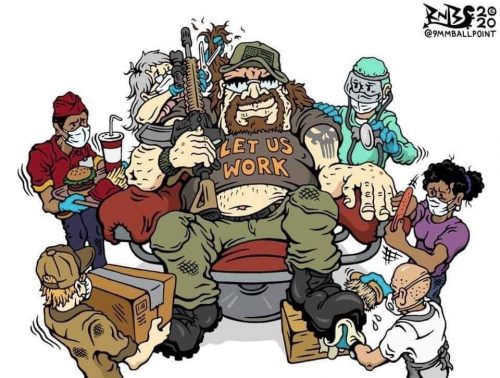Trump claims to be taking hydroxychloroquine.
President Trump told reporters Monday that he has been taking hydroxychloroquine for about a week and a half and that the White House physician knows he is taking the anti-malaria drug despite the fact that he continues to test negative for the coronavirus.
Clinical trials, academic research and scientific analysis indicate that the danger of the drug is a significantly increased risk of death for certain patients, particularly those with heart problems. Trump dismissed those concerns, saying he has heard about the drug’s benefits from doctors and others he has spoken with.
You have to be closely monitored if you take this dangerous drug — there are all kinds of potential side effects. So we know he’s lying his ass off.
It’s also a lie that can get other people killed, if they believe him and try to emulate him.
On the other hand if he’s not lying, I hope he decides to quadruple his dose. Please.





